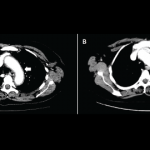Years ago, the Mayo Clinic was exploring effective ways to minimize burnout among the more than 3,000 doctors employed at its three medical and research facilities in Rochester, Minn., Scottsdale, Ariz., and Jacksonville, Fla. One strategy involved inviting physicians to participate in small groups to discuss topics that were fairly ubiquitous among doctors, from medical…






